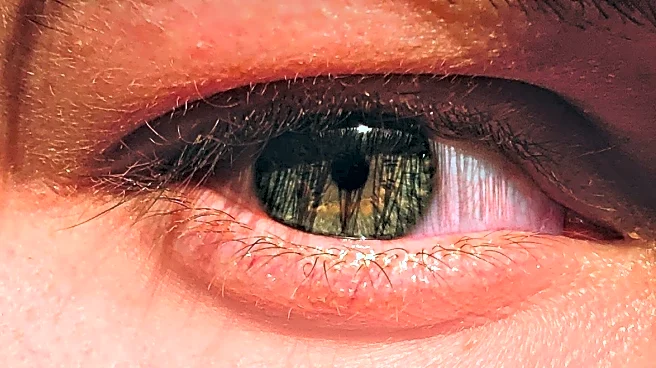What's Happening?
A recent study has highlighted the distribution and evolution of refractive errors in patients with inherited retinal diseases (IRDs) from an early age. The research, which is one of the largest of its kind, shows a strong association between different IRDs and significant ametropia during the first decade of life. The study found that high refractive errors were present in approximately one-third of patients, with distinct patterns correlating with specific diagnoses and genes. The findings suggest that emmetropization, a process of refractive error development observed in healthy children, does not occur in patients with IRDs. The study emphasizes the need for early detection and tailored interventions to optimize visual outcomes in young patients with IRDs.
Why It's Important?
The study's findings are significant as they provide insights into the refractive progression in patients with IRDs, which can inform clinical practices and interventions. Understanding the refractive error patterns in these patients is crucial for developing strategies to manage and potentially mitigate the visual impairments associated with IRDs. The research underscores the importance of regular monitoring and consideration of myopia control treatments, particularly for patients with specific genetic mutations. This could lead to improved quality of life for individuals affected by these conditions and inform future research and treatment approaches.











